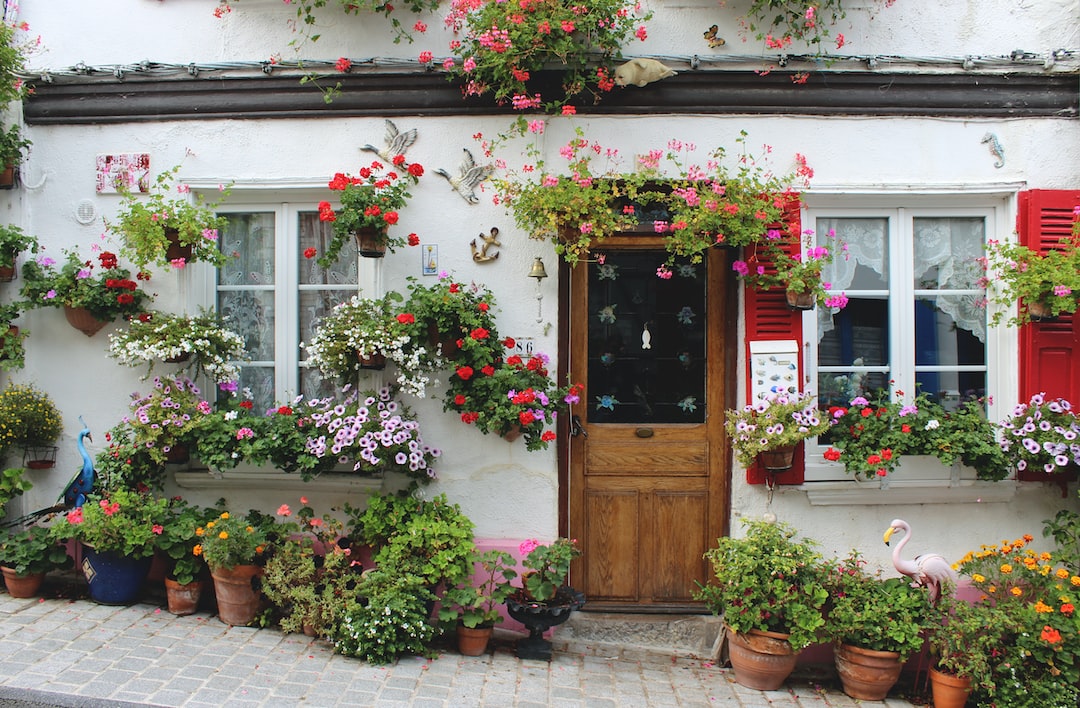When it comes to gardening, most people think that sunlight is the most important factor to consider. However, not everyone has access to a sunny garden spot and growing a garden in a shady area can be a challenge. But fear not, because with the right plants, tools, and techniques, you can grow a beautiful, flourishing garden in a shady area.
Here are some tips for growing a garden in a shady area:
1. Get to know your shade
Before you start planting, it’s important to understand the type and duration of shade you have in your garden. There are different types of shade – light, medium, and heavy – and this will impact the kind of plants you can grow. For example, if your area is partially shaded with dappled sunlight, you can grow a wide range of shade-loving plants like ferns, heuchera, and hostas. On the other hand, if the area is heavily shaded with little to no sun, your options will be more limited, and you will need to focus on plants that can thrive in these conditions, like moss, mushrooms, and groundcovers.
2. Choose the right plants
The key to growing a successful garden in a shady area is to choose the right plants. Shade-loving plants are adapted to low light conditions and will thrive with minimal direct sunlight. Some of the best plants for shady areas include:
– Ferns: With their beautiful feathery fronds, ferns are a great choice for a shady garden. They come in a variety of colors, textures, and heights and can be planted in containers or as groundcovers.
– Hostas: Hostas are the go-to plant for gardeners with shady areas. They are easy to grow, come in a variety of sizes and colors, and are perfect for filling in empty spaces.
– Bleeding Hearts: These delicate, heart-shaped flowers are ideal for a shady garden. They come in pink, white, and red and will provide color to your garden from early spring to early summer.
– Impatiens: These colorful and easy-to-grow annuals are perfect for brightening up a shady garden. They come in a variety of colors and bloom from spring until frost.
3. Plant in containers
If your garden doesn’t receive enough sun or if you have limited space, consider planting in containers. Planters can be moved around to catch the sun and allow you to grow a variety of plants, including vegetables, fruits, and herbs. When choosing pots, opt for those that have drainage holes to prevent root rot and make sure to use high-quality potting soil.
4. Water regularly
Plants in shady areas tend to receive less sunlight, which means they will require less water as compared to plants in sunny spots. However, this doesn’t mean you can neglect watering altogether. Make sure to water your plants regularly, especially during dry spells. A good rule of thumb is to water deeply once or twice a week, rather than giving your plants a light sprinkle every day.
5. Use organic fertilizers
One of the keys to growing healthy plants is to provide them with the right nutrients. In shady areas, the soil tends to be more compact and nutrient-deficient, making it harder for your plants to thrive. To give them a boost, use organic fertilizers like compost, aged manure, or fish emulsion. These will provide your plants with the nutrients they need without damaging the delicate ecosystem around them.
6. Provide some light
While most shade-loving plants can grow without direct sunlight, they still need some light to survive. If your garden gets little to no sun, consider adding some artificial light. LED grow lights are a great option for indoor or outdoor gardens and can help your plants grow faster and healthier. They are also energy-efficient, making them an eco-friendly choice.
7. Use mulch
Mulch is a great way to keep your garden healthy and weed-free. It also helps to retain moisture, which is especially important in shady areas where the soil tends to be drier. Choose an organic mulch like shredded leaves, bark, or straw and apply it to your garden every spring.
In conclusion, growing a garden in a shady area doesn’t have to be a daunting task. By following these tips and choosing the right plants, you can create a beautiful, thriving garden in even the shadiest of spots. So, go ahead and try out some of these techniques and see your garden bloom!


